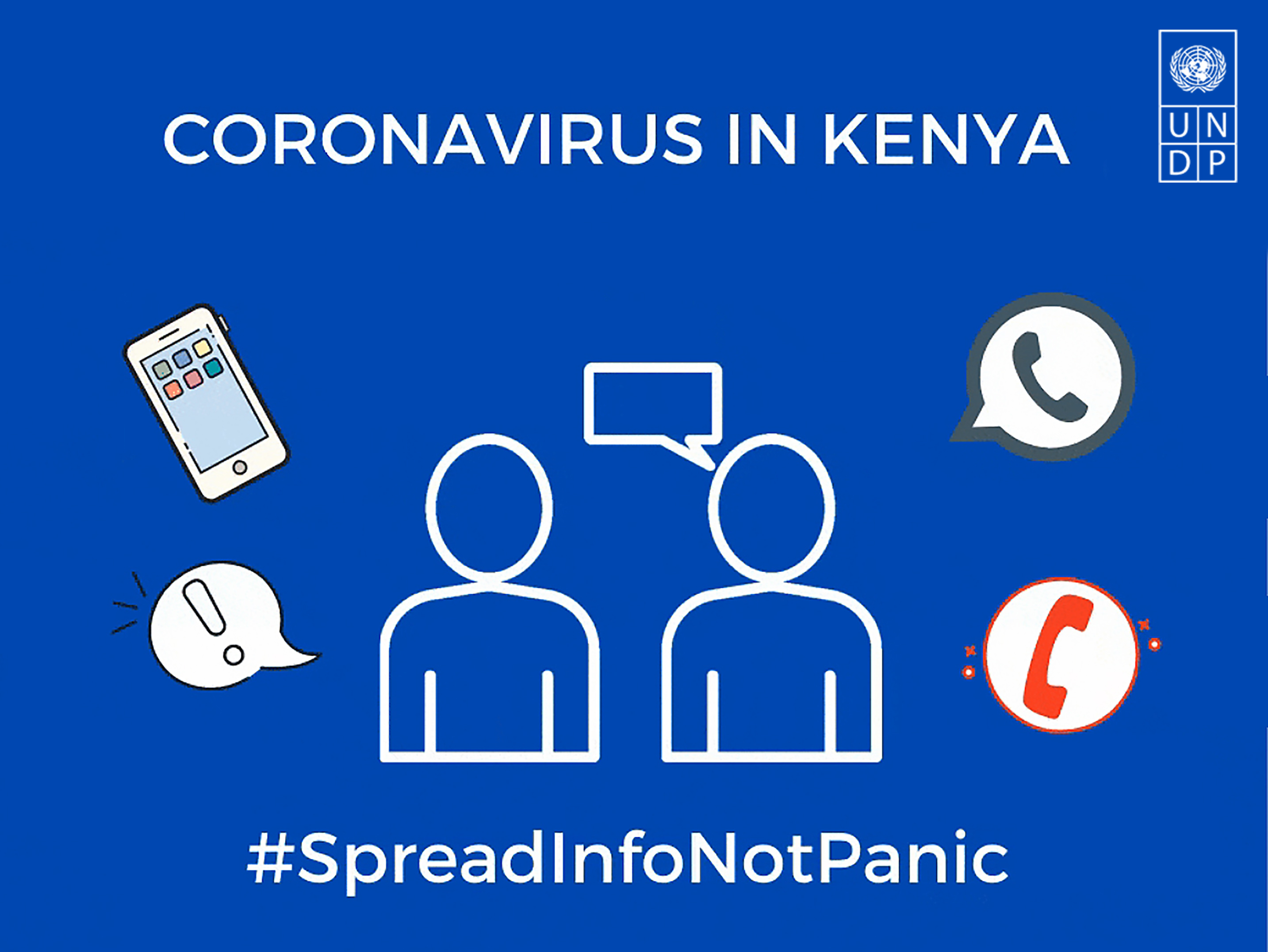The world we live in today is increasingly interconnected, aptly described as a global village. This has become even more apparent in recent weeks in the wake of the global COVID-19 pandemic. Beyond the havoc wreaked on healthcare systems, communities and economies worldwide, the pandemic has also served as a mirror, reflecting and in some cases amplifying societal issues that crosscut the public and private spheres.
The challenge of disinformation and misinformation in the digital age has increasingly come into focus in recent years and is certainly at the fore now. This is the phenomenon of ‘fake news’, which refers to the intentional and unintentional spread of false or inaccurate information. A global pandemic creates just the right environment of fear and anxiety to be the ideal Petri dish for misinformation and disinformation to thrive.
Globally, we have unfortunately witnessed many COVID-19 related falsehoods, which organisations like UNDP and the WHO have been working hard to debunk. In Kenya, misinformation regarding COVID-19 has been prevalent through various social media platforms such as Facebook, Twitter and WhatsApp.
‘Fake news’ has a relatable human element, which makes it all the more dangerous: when faced with a looming and invisible threat, some may find comfort in myths around the immunity of certain populations to the virus, or the medicinal qualities of particular plants. However, it’s imperative on us as development actors to warn against claims that have not been verified and demonstrate that a well-informed public is paramount to beating this crisis.
One of the contributing factors to the spread of disinformation is difficulty in disseminating the official messaging from WHO and the Ministry of Health to citizens in a way that’s clear, concise and easy to understand. A month ago, phrases like “social distancing” were completely foreign to the average Kenyan, but now it’s part of our daily life.
It’s important now more than ever to make sure that accurate messaging is reaching the people, going beyond the screens to the families and individuals across socio-economic divides, ethnic language barriers and disabilities. Two particular solutions to this issue that have appeared on our radar at the UNDP Accelerator Lab in Kenya are highlighted below:

WhatsApp Chatbots as a Coronavirus hotline
In South Africa, Praekelt.org, a non-profit organisation set up a Corona virus “hotline” on WhatsApp to respond to questions and concerns related to the pandemic. Soon after, UNDP, WHO and UNICEF launched an international partnership with WhatsApp to set up a WhatsApp Coronavirus Information Hub to provide simple, actionable and up-to-date information. These interventions are a good example of the use of machine learning and natural language processing to adequately sift data and provide an appropriate response.
Memes for Coronavirus health information
In Kenya, an initiative called COVID-19 memes led by a team of volunteer doctors and creatives have worked to translate COVID-19 factual information into memes in English and Kiswahili for adults and children. These publicly accessible communication materials have facilitated dissemination of crucial information to citizens by making the content accessible and easy to understand.
Fighting misinformation with the truth may seem harder in this hyperconnected digital age, but it’s important to amplify official information and fact check before spreading messages on social media, especially considering the dynamic nature of the pandemic.
At the Accelerator Lab, we are looking into interactive ways of tackling COVID-19 related misinformation in Kenya to support public health efforts, drawing from what has worked well before.
We invite you to reach out to us [acceleratorlab.ke@undp.org] if you would like to collaborate on this. #SpreadInfoNotPanic
Authored by Lillian Njoro/ Head of Experimentation – UNDP Accelerator Lab Kenya
Photo: Nyambura Kariuki

 Locations
Locations




